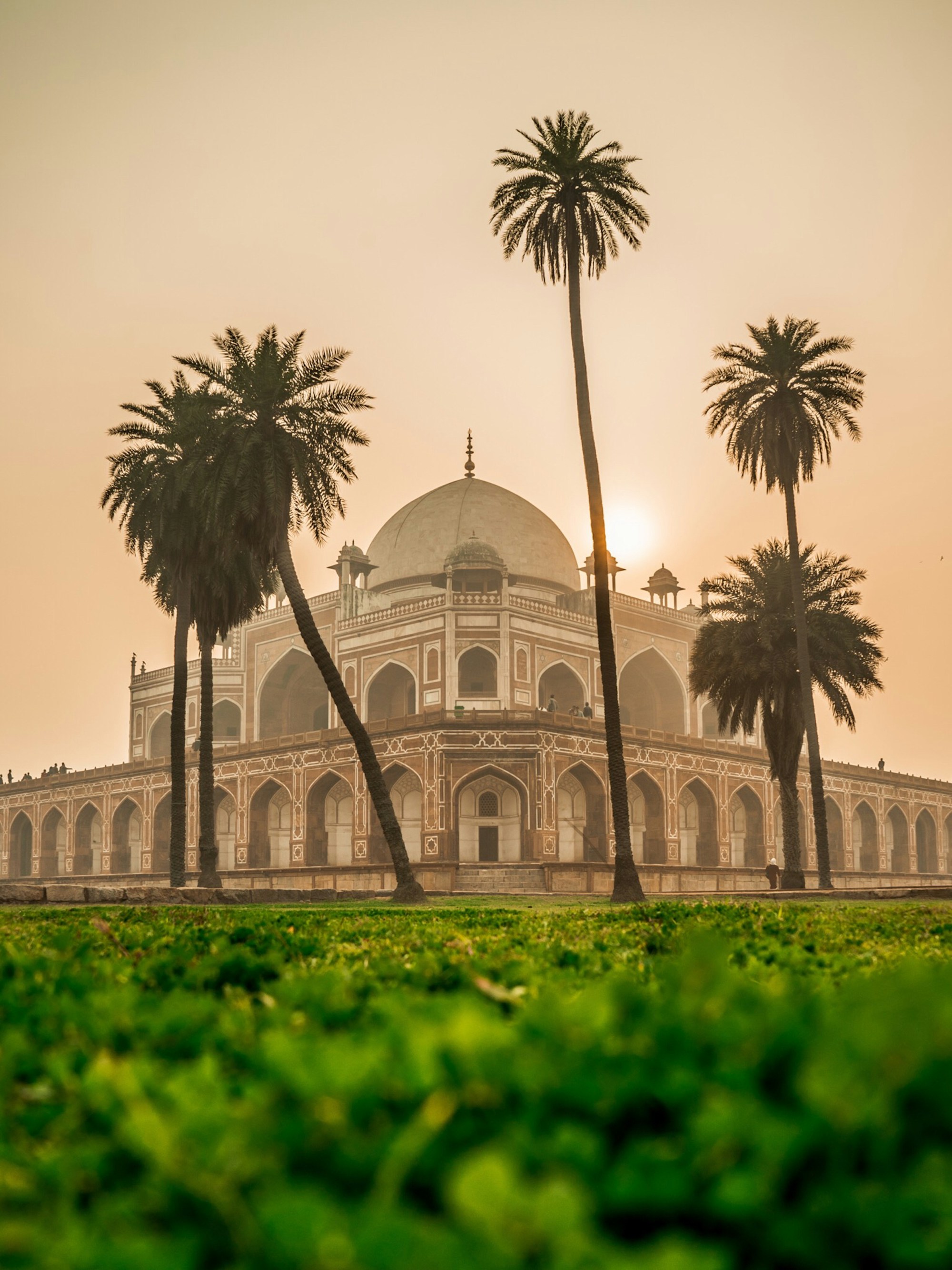Best Weather in New Delhi: Ideal Seasons & Months to Visit

Best Weather in New Delhi: Ideal Seasons & Months to Visit
New Delhi, the capital city of India, experiences a diverse climate throughout the year. From scorching summers to chilly winters, each season has its own charm. If you're planning a trip to New Delhi, it’s important to know when the best weather can be expected. Here, we'll guide you through the ideal seasons and months to visit this vibrant city.
Spring (February to March):
Spring in New Delhi is a delightful time to visit, as the temperatures start to rise after the cold winter months. The weather is pleasant, with average temperatures ranging between 20-25°C (68-77°F) during the day and dropping slightly at night. March is particularly beautiful, with blooming flowers and clear blue skies. It's a great time to explore outdoor attractions like India Gate and Humayun's Tomb.
Summer (April to June):
Summer in New Delhi can be quite challenging due to the scorching heat. Temperatures soar up to 45°C (113°F) in May and June, making it the hottest time of the year. It is advisable to stay hydrated and avoid outdoor activities during the peak afternoon hours. However, if you can bear the heat, summer is a great time to experience local festivals like Holi and enjoy refreshing drinks like "lassi" and "nimbu pani" to beat the heat.
Monsoon (July to September):
The monsoon season brings relief from the heat and dust of New Delhi. July marks the beginning of the monsoon, with frequent showers that help bring down the temperature. The average temperature during this season ranges from 25-35°C (77-95°F). While the rain can sometimes be heavy, it adds a freshness to the city, making it a great time to visit landmarks such as the Red Fort and Qutub Minar.
Autumn (October to November):
Autumn is considered one of the best seasons to visit New Delhi. The weather is pleasant with average temperatures around 20-30°C (68-86°F). The city experiences clear skies, making it an ideal time for outdoor activities and sightseeing. The famous Diwali festival, also known as the Festival of Lights, usually falls in October or November. It is a vibrant and colorful celebration not to be missed.
Winter (December to January):
Winters in New Delhi can be chilly, especially during December and January. The temperature may drop to as low as 5°C (41°F) at night, while the average daytime temperature ranges from 15-20°C (59-68°F). It is advisable to carry warm clothing during this time. Winter is a great time to explore famous historical sites like the Jama Masjid and enjoy delicious street food in the city.
Weather Overview:
| Month | Season | Humidity | Temperature (°C) | Sun Hours | Rainfall (mm) |
|---|---|---|---|---|---|
| January | Winter | 56% | 14 - 21 | 7 | 19 |
| February | Winter | 50% | 16 - 24 | 8 | 17 |
| March | Spring | 46% | 20 - 27 | 9 | 15 |
| April | Spring | 41% | 25 - 34 | 10 | 11 |
| May | Summer | 36% | 29 - 38 | 10 | 18 |
| June | Summer | 46% | 31 - 40 | 9 | 73 |
| July | Monsoon | 68% | 29 - 34 | 7 | 196 |
| August | Monsoon | 69% | 28 - 32 | 7 | 170 |
| September | Monsoon | 66% | 27 - 32 | 8 | 131 |
| October | Autumn | 53% | 23 - 32 | 9 | 21 |
| November | Autumn | 54% | 17 - 28 | 9 | 4 |
| December | Winter | 51% | 12 - 22 | 8 | 11 |
Now that you have an overview of New Delhi's weather, you can plan your visit accordingly. Keep in mind that the weather can vary within each season, so it's always a good idea to check the forecast before traveling.
Enjoy exploring the captivating attractions and rich cultural heritage of New Delhi!
